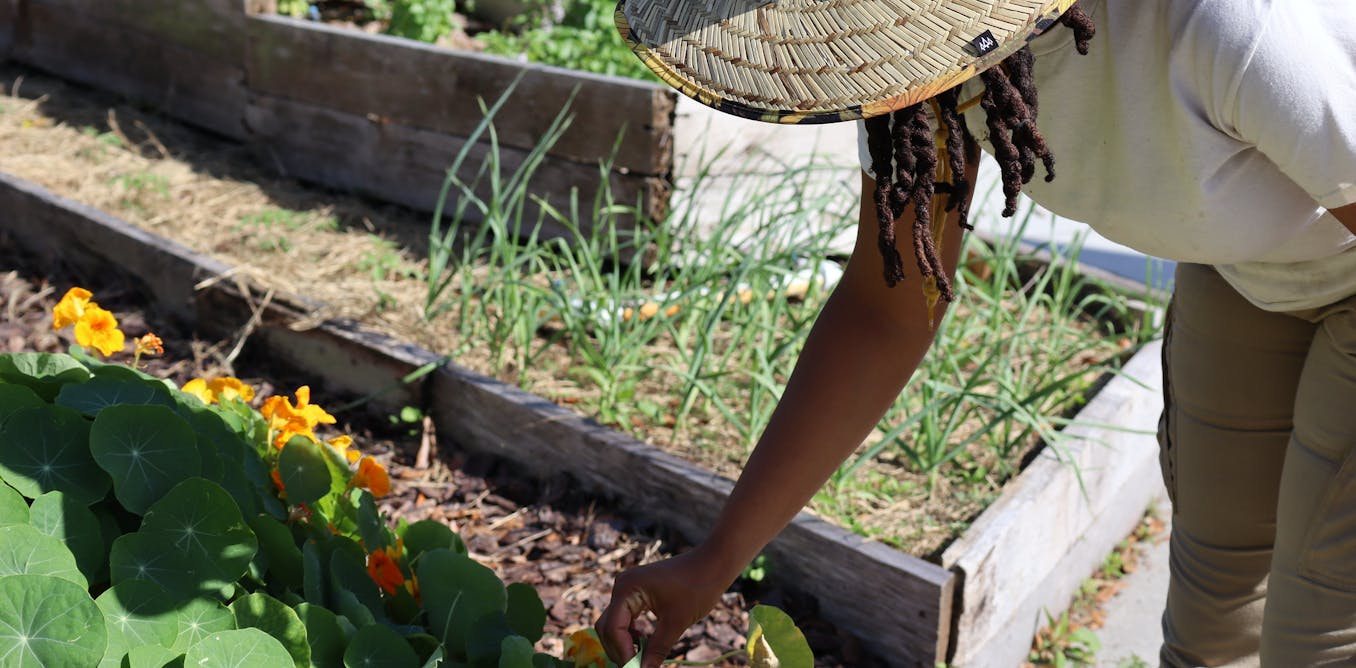An Unbiased View of City Blooming
An Unbiased View of City Blooming
Blog Article
City Blooming for Dummies
Table of ContentsRumored Buzz on City BloomingThe Ultimate Guide To City BloomingUnknown Facts About City BloomingIndicators on City Blooming You Need To KnowLittle Known Questions About City Blooming.
Interested in growing food for sale in the City of Chicago? Below is a listing of frequently asked concerns relating to the rules and policies that farmers need to take into consideration when preparing a metropolitan farming job.
The zoning amendment does not modify any type of other codes managing composting, building authorizations, purchasing or renting City had residential or commercial property, company licenses or ecological contamination. There are existing codes that regulate these concerns and they remain in complete impact and might be applicable to your project. Community gardens are commonly owned or taken care of by public entities, public companies or community-based companies and maintained by volunteers.
Urban ranches grow food that is meant to be offered, either on a not-for-profit or for-profit basis. As a result of their commercial purpose, urban ranches call for a service certificate. Yes. An area yard is permitted to market excess create that was grown on website if the sales are accessory or subservient to the garden's main function defined over.
The Buzz on City Blooming
Composting is allowed however just for plant product that is produced and utilized on site. The quantity of compost product can not exceed 25 cubic backyards at any type of provided time according to the criteria in 7-28-715 of the City's Municipal Code. Yes. Due to the fact that the soil at the majority of new garden websites needs modifying, compost, dirt, wood chips, or various other products can be obtained to create or enhance the growing space - sustainable gardening.

If a structure authorization is needed after that the hoophouse will certainly be taken into consideration an accessory structure. You can discover more about the building authorization needs by contacting the Department of Buildings. The 25,000-square-foot size limit is intended to stop a single neighborhood garden from dominating a given block or detracting from the block's existing property or business character.
The limitation does not put on yards located in Public Open Room (POS) areas. Can there be greater than one area yard that is 25,000 square feet on a solitary block? Yes. The dimension limitation applies to specific yards, not to private blocks. No. Fencing is not required, however, yards that have big auto parking areas might be needed to mount secure fencing or other landscape design features.
Little Known Questions About City Blooming.
B1 & B2 districts require that all business use activities be carried out inside your home. Is fencing required for urban ranches? Fences visite site might be required, along with landscape design and testing, for certain vehicle parking areas and exterior work or storage space areas depending on place and the certain activity taking place.
Yes. Urban ranches require building permits and zoning approvals before building. Other kinds of city evaluation may be needed relying on details frameworks, tasks, size, landscaping, licensing, public health and stormwater administration problems. A lot of these needs are determined in the project layout or allowing procedure, however, the candidate might be responsible to separately recognize certain licenses or allows that might be required.
The Division of Company Affairs and Customer Security can aid determine the certain type of organization permit that's required. Off street parking is needed for a lot of commercial jobs in Chicago. The called for number of auto parking rooms is based on the number of workers working on website and not the square video of the expanding area.
City Blooming for Dummies

Yes. A metropolitan ranch can offer garden compost material produced on site, nevertheless, the procedure should conform with the guidelines in 7-28-715 of the Chicago Municipal Code. Yes. Aquaponic systems are enabled indoors on metropolitan farms in several zoning districts. However, a zoning evaluation and structure permit is needed in order to mount structures or systems and a company certificate is called for as defined above.
Approximately 5 hives or swarms of honey bees might be kept as an accessory usage. Nonetheless, beekeepers need to sign up with the Illinois Division of Farming. For additional information about the suggested zoning amendment you may call the Department of Housing and Economic Development, Bureau of Planning and Zoning at 312.744.8563.
Farming in cities and urban locations A metropolitan farm in Chicago. Urban farming describes different methods of cultivating. https://penzu.com/p/e1495b371b86caaf, processing, and distributing food in urban locations. The term likewise applies to the location tasks of animal husbandry, tank farming, beekeeping, and gardening in a metropolitan context. Urban agriculture is identified from peri-urban farming, which takes location in rural locations beside suburban areas.
The Greatest Guide To City Blooming
It can entail a movement of organic farmers, "foodies" and "locavores", that look for to form social networks started on a common values of nature and area holism. These networks can develop using official institutional support, ending up being integrated right into regional town preparation as a "change community" activity for lasting urban growth.
The more straight accessibility to fresh vegetable, fruit, and meat products that might be know via city agriculture can boost food safety and security and food safety and security while reducing food miles, causing reduced greenhouse gas discharges, thus adding to climate modification mitigation. Several of the first proof of urban farming originates from Mesopotamia.
Report this page